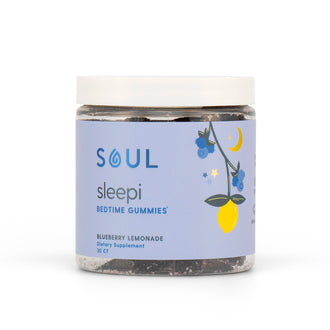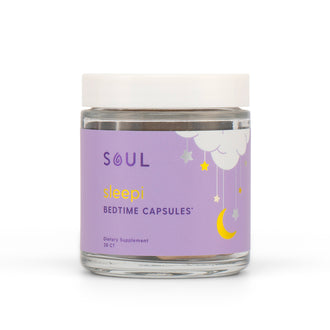
Spenser Jay and Danielle Scherman were both healthy, active teenagers when they experienced their first epiletic seizures. For Spenser, a lifelong soccer player, her first episode came at age 13, putting her budding athletic aspirations in the balance. Danielle’s first seizure came at 19—her first experience with the condition that left her afraid to do simple activities like shower, swim, or simply be herself. For both women, epilepsy came as a particularly unwelcome surprise, given that neither had a family history that would have them at risk. More than a decade later, Spenser and Danielle aren’t just surviving, they’re thriving. Together, they founded Seize the Day, a platform that works to destigmatize epilepsy and empower those living with it to lead fulfilling and unstoppable lives.
Seize the Day is as much about community as it is about education. It’s a place for epileptics to freely discuss and learn about their condition, raise awareness about the importance of life-saving first aid, and a way to advocate for those who are unable or too embarrassed to advocate for themselves.


What is epilepsy?
For those who don’t know what epilepsy is, this condition is a central nervous system (neurological) disorder in which abnormal circuit activity occurs in the brain. This activity causes seizures or periods of unusual behavior, sensations, and sometimes loss of awareness. Seizure symptoms can vary widely. Some people with epilepsy simply stare blankly for a few seconds, while others go into a full and repeated total body shock, during which their arms or legs twitch spontaneously.
What can trigger a seizure?
The question of what causes an individual to have a seizure is a tough one to crack. Unfortunately, there isn’t enough research to determine more precise triggers, but there are a few usual suspects, including flashing lights, dehydration, stress, lack of sleep, and anxiety. For Spencer, adrenaline sensitivity lowers her seizure threshold. She once had a seizure running after a guy stole her purse. She’s also fallen into the river while rafting, because she was so excited. Triggers can be seemingly innocuous and random, as Spenser and Danielle explain, “We met someone who’s trigger is sour candy and another person who has to be careful when they sit down for too long.”
Stopping seizures before they start
Those living with epilepsy have quite a few options for warding off seizures. For starters, theirs controlled medication, CBD supplementation, and other lifestyle adjustments, including avoiding bright, flashing lights, getting plenty of sleep, decreasing stress, and steering clear of drugs and alcohol.
“One of the tools we use to help reduce muscle tension, decrease stress and anxiety, and improve our sleep is CBD. Our favorite is the Chocolate mint CBD oil drops and Raspberry gummies by Soul CBD.”
There are also slightly more invasive options, such as VNS (vagus nerve stimulator) implantation, where a pacemaker-like generator is implanted just beneath the skin of the chest wall and programmed by the physician to stimulate the vagus nerve in the neck. VNS is typically a great option for patients for whom medication has been ineffective or more intensive surgery is not an option. Another surgical solution is RNS (responsive neurostimulation), where a device is implanted into the bone covering the brain, working to detect and prevent seizures before they start.
What to do if you see someone having a seizure
If you are present for someone else’s seizure, here’s what you need to do:
- First of all, do not panic and call 911.
- Make sure not to leave the person alone, and try to time the duration of the seizure while you follow these next important steps.
- To prevent the risk of injury, turn the individual on their side and remove any potential harmful objects from the area with which they could hurt themselves.
- Cushion their head with something soft
- Guide them away from danger, such as oncoming traffic—this is especially important for focal seizures, during which the individual is aware and able to move about
- DO NOT put anything in the person’s mouth or try to restrain them, simply let the seizure run its course.
- Stay by their side until they are awake and alert.
- After the seizure is over, put them in a recovery position where they can get their wits about them and relax in a safe way.
- Remember: one of the scariest things for an epileptic is to regain consciousness to find everyone around you freaking out, so for your sake and theirs, do your best to keep calm.
We’re in this together
As an epileptic, one of the most empowering things to know is that you are not alone. There are other epileptics out there kicking butt and taking names. Danielle and Spenser want the world to know that epilepsy is not a bad word or a dirty secret, and that as a community (epileptic and otherwise), we can help those suffering feel safe and secure in their daily lives.





